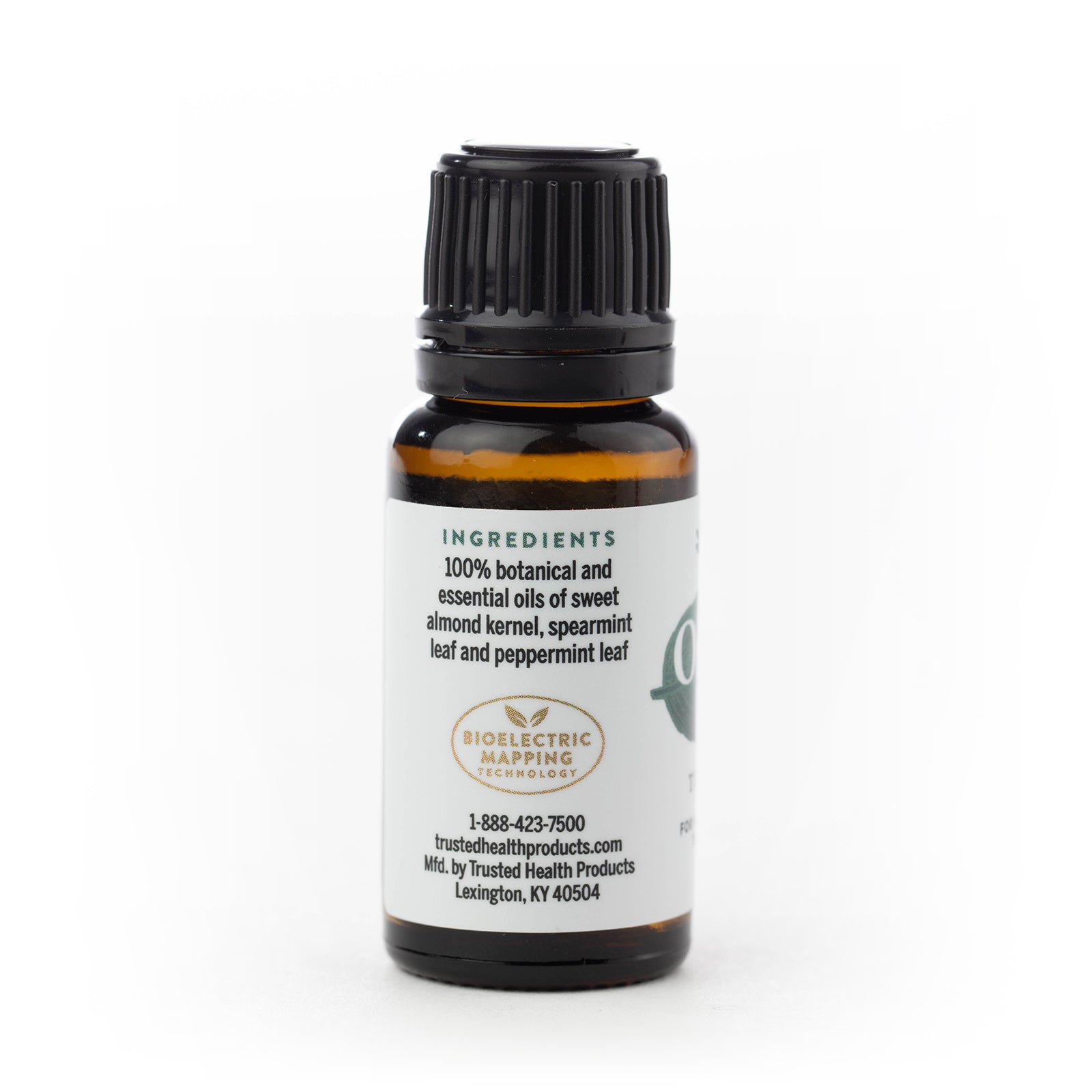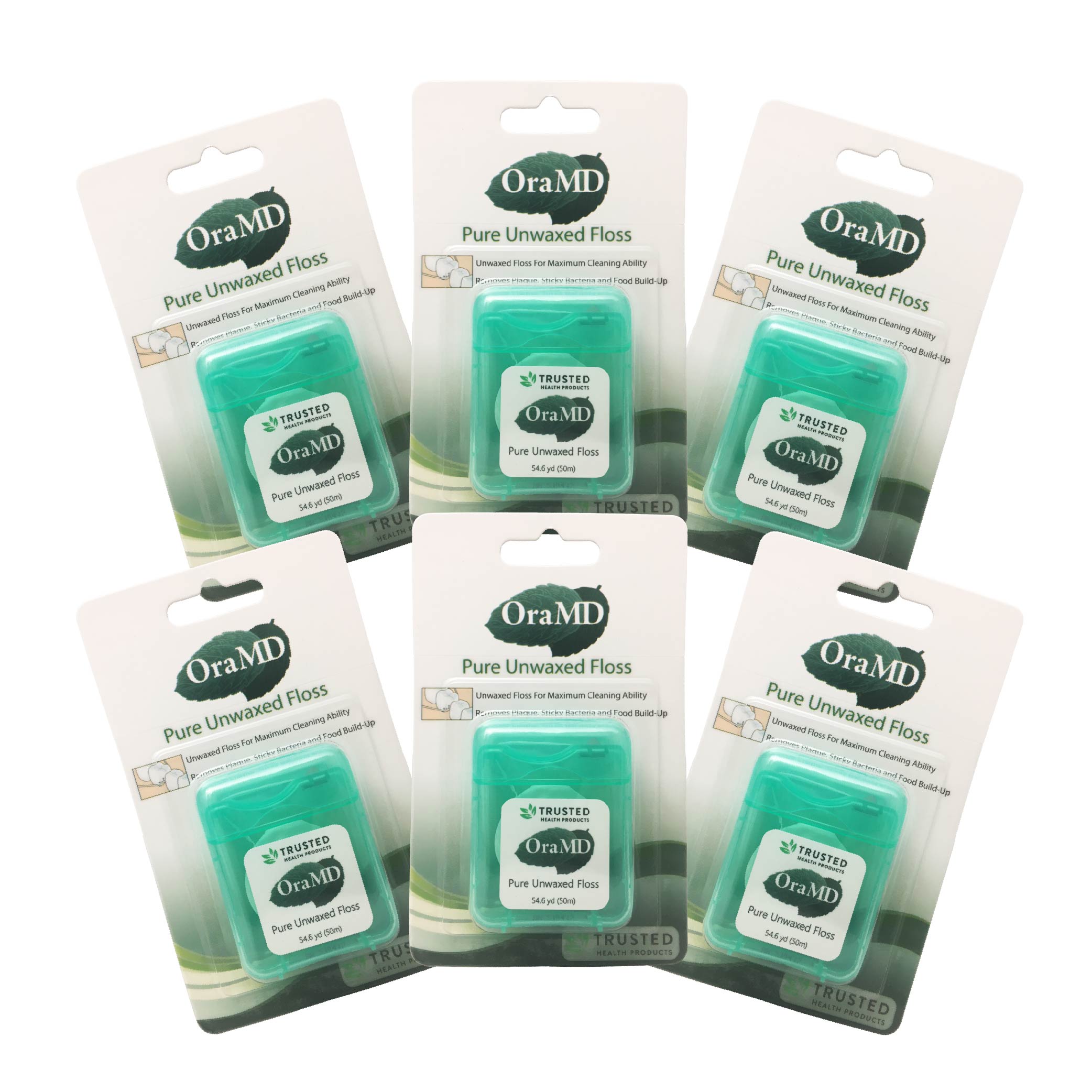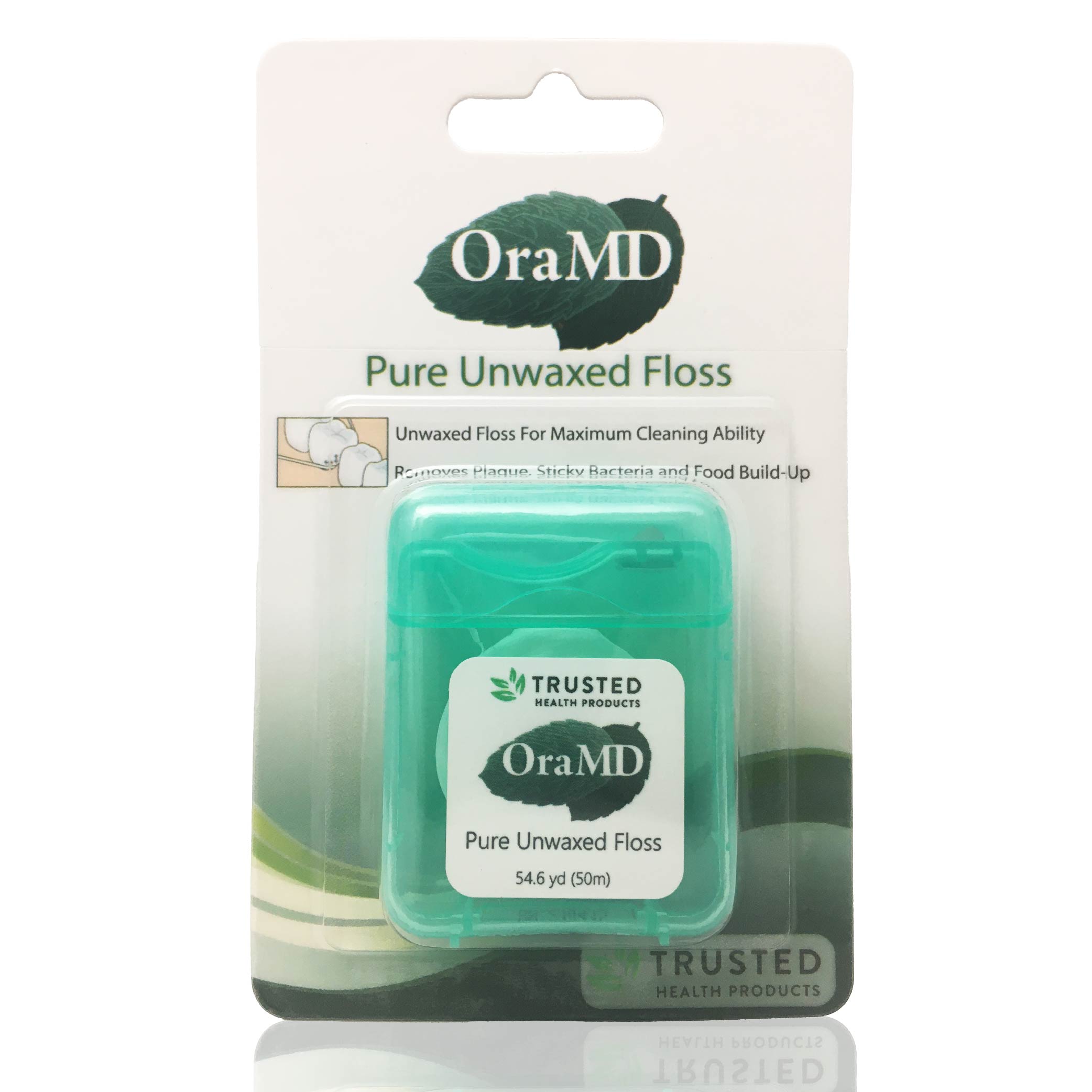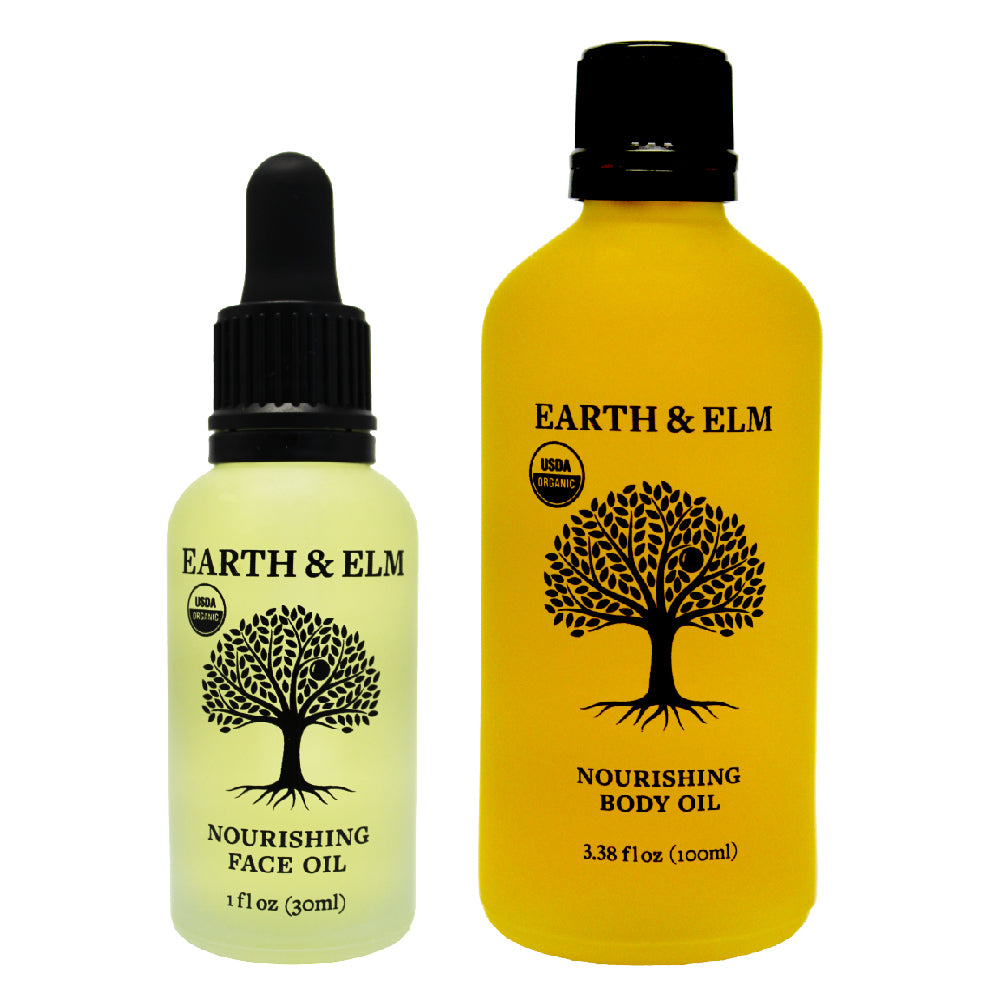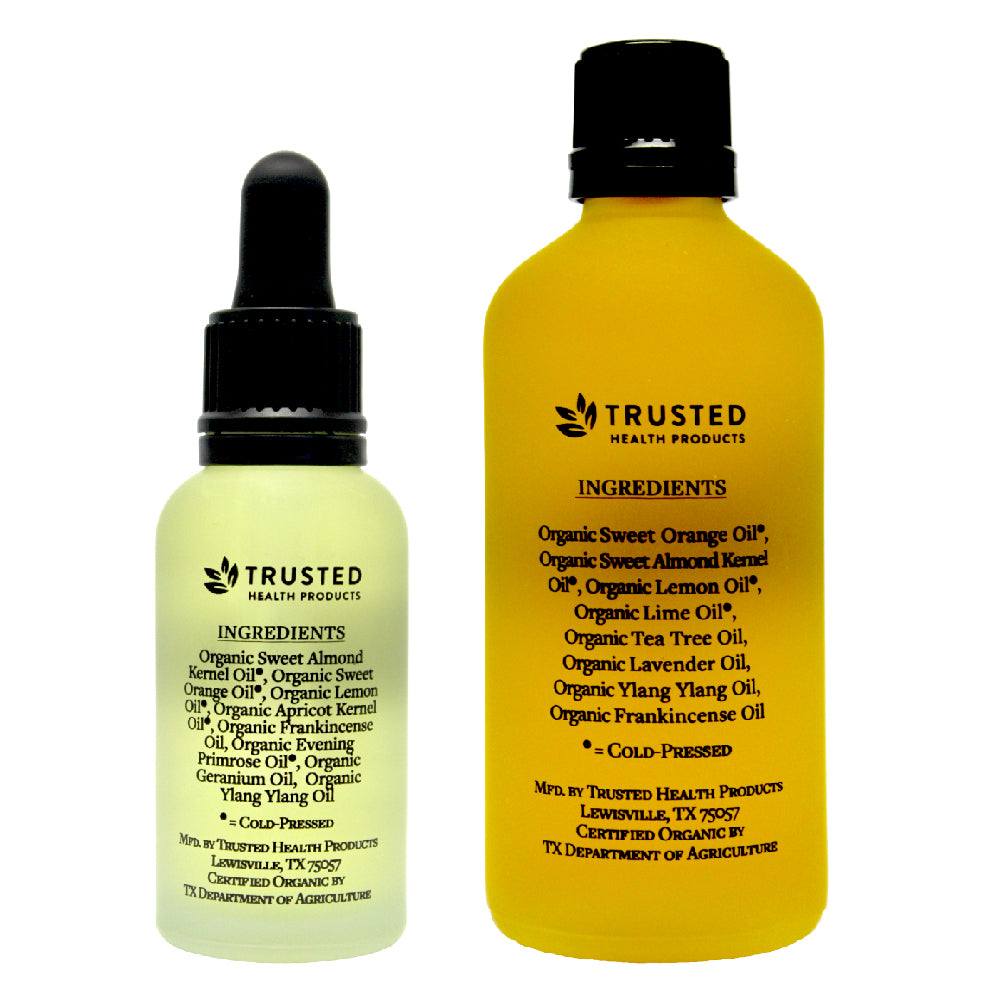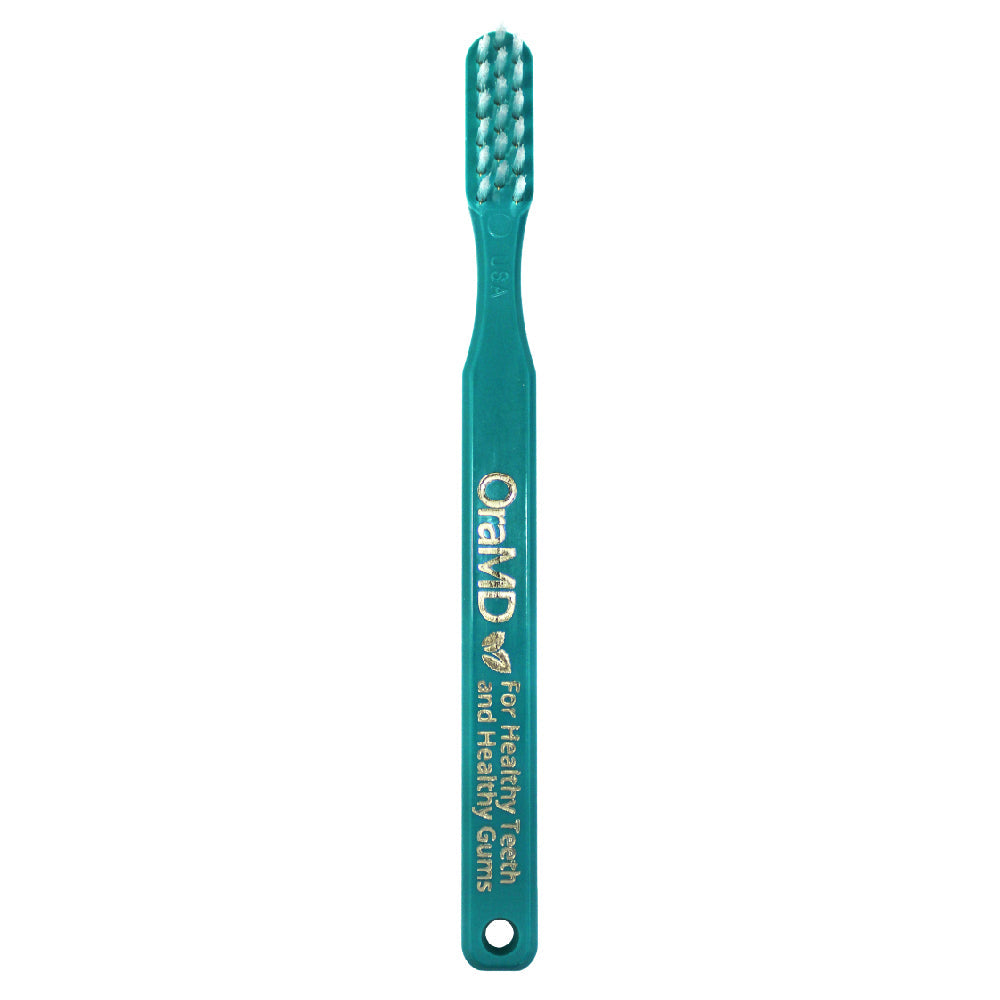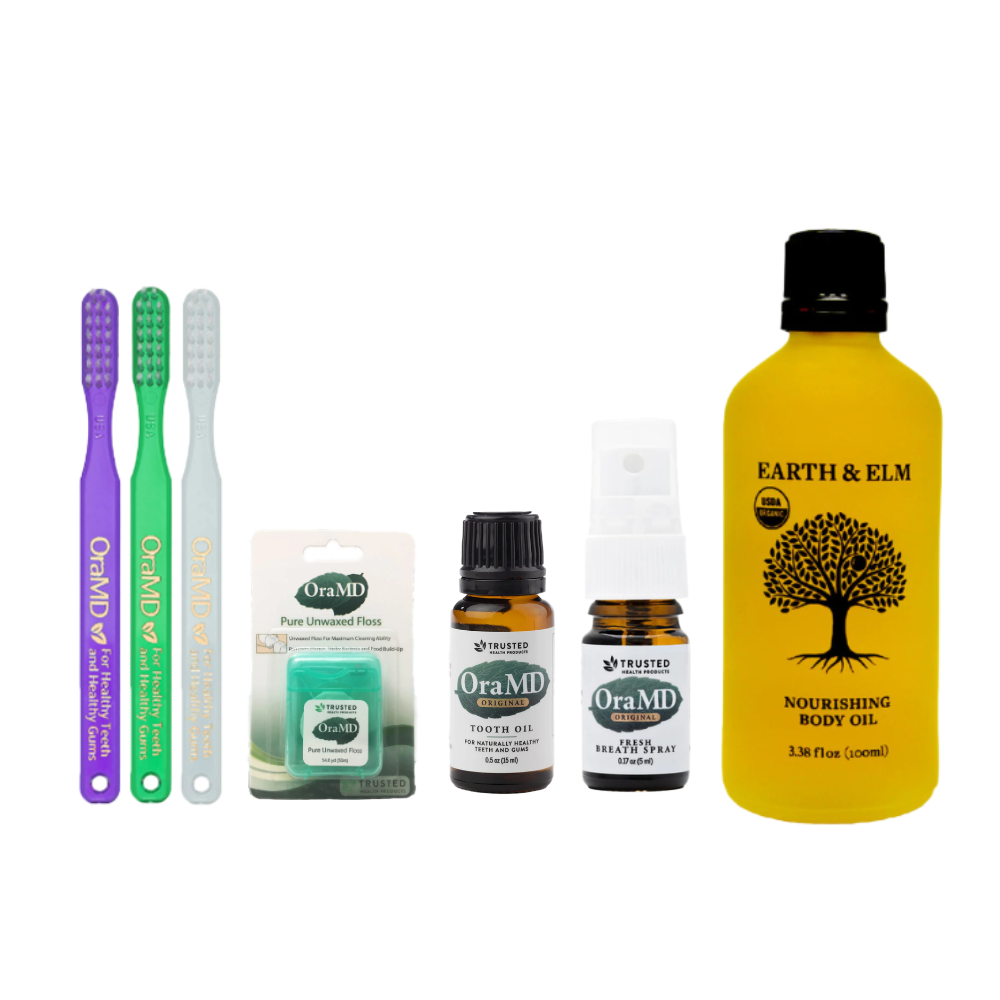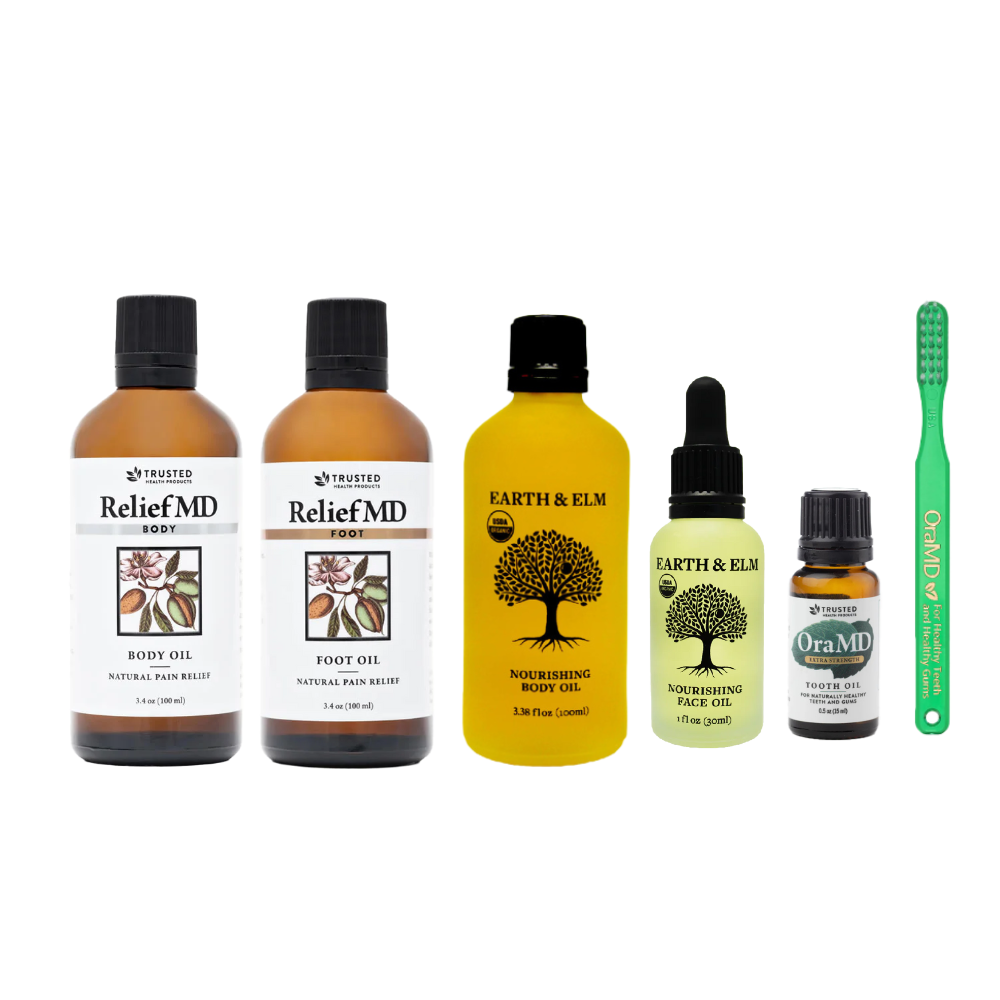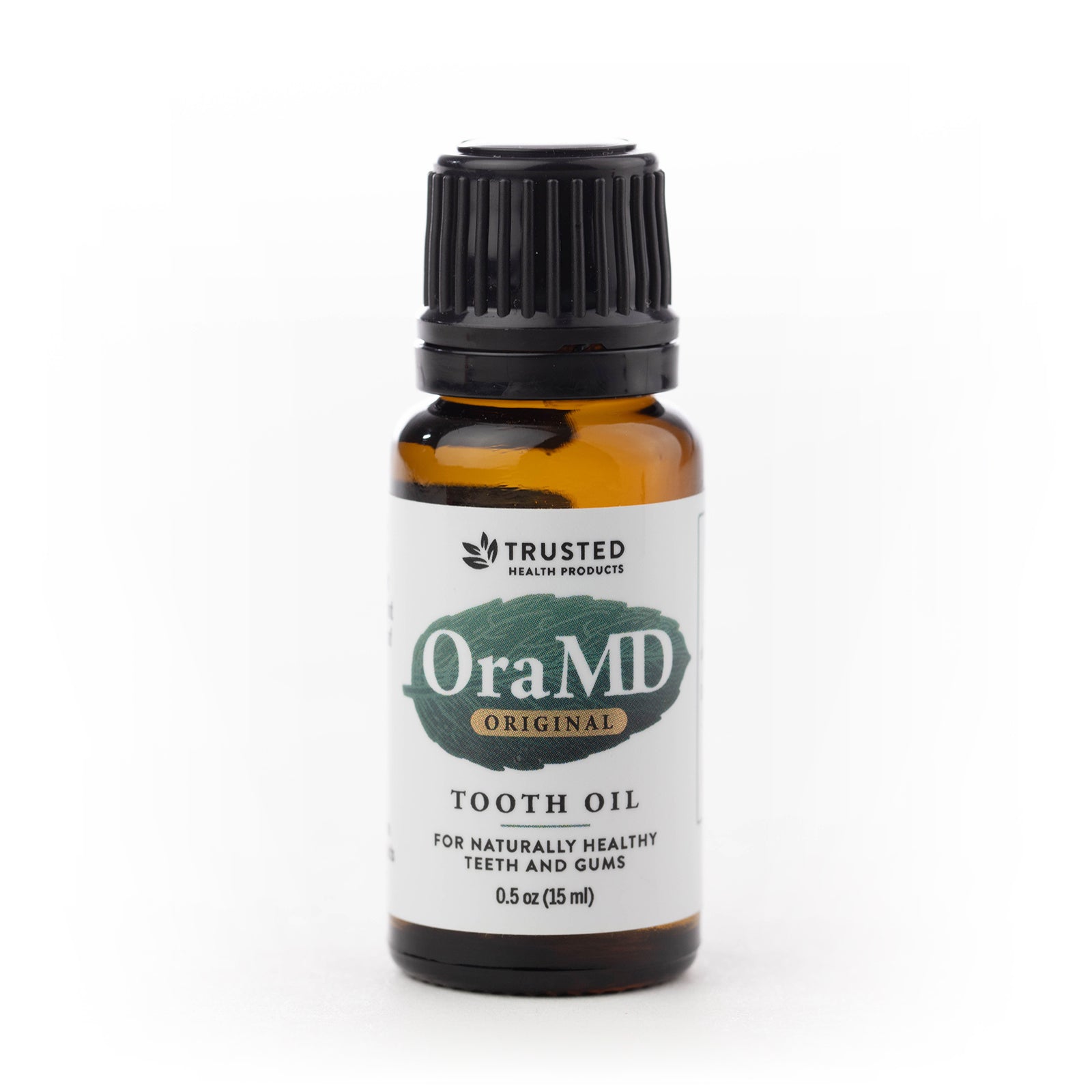Eczema News: Staying Active With Eczema And Asthma
February 10, 2020
Author: Admin Editor
Tags:
The University of Bristol recently studied how teenagers are affected by asthma, eczema or obesity and discovered some reassuring findings. Supported by the NIHR Bristol Biomedical Research Centre, researchers found that both girls and boys at the ages of 12, 14 and 16 did not experience different levels of active or sedentary time if they had asthma or eczema compared to their peers. Teenagers who were obese however, were less active and also had increased periods of inactivity.
Data was obtained from 6,473 teenagers wearing accelerometers at the three age points - clinical reports of asthma or eczema together with weight and height measurements. This study – published in the medical journal BMJ Open - is the first of its kind using data over time to assess the impact of the conditions on activity levels. All the information was taken from Bristol's Children of the 90s study that recruited 14,500 pregnant women in the early 1990s. With an estimated 20 percent of children diagnosed with eczema, nine percent with asthma and 20 percent found to be obese by the age of 11 in the United Kingdom, it was thought that the long-term conditions impacted not just quality of life but physical activity. Although the research did not examine differing severity of asthma and eczema there can now be some reassurance that the conditions are not necessarily a barrier to a healthy lifestyle and that tailored fitness plans are not needed.
The findings should reassure parents that although their teenagers are facing long-term conditions such as asthma and eczema, the researchers didn't find any reduced physical activity. “The young people studied, both girls and boys, kept the same levels of moderate to vigorous activity as their peers who did not have the conditions,” says Professor Russ Jago from the Centre for Exercise, Nutrition and Health Sciences at the University of Bristol. Thanks to the Children of the 90s data we were able to look at young people over a long period of time using many different tests which makes our study question the perception that asthma and eczema impacts quality of life in this way. The next steps would be to examine any differences in activity for young people with mild or severe asthma or eczema."
Is Eczema More Difficult To Treat For African Americans?
Those who suffer with atopic dermatitis – or AD – also known as eczema – know it can be an uphill battle to find the right treatment. Symptoms include severe itching, scaly rashes, extreme dry skin and inflammation. And that battle can be more difficult for African Americans with the condition.
A study published in Annals of Allergy, Asthma and Immunology, the scientific journal of the American College of Allergy, Asthma and Immunology, suggests African Americans have greater treatment challenges with AD than European Americans and require higher doses of some medications to get relief. “Research shows about 19 percent of African Americans and 16 percent of European Americans are diagnosed with AD,” says Emma Guttman-Yassky, MD, Ph.D., and lead author of the paper. “Our study found there are significant differences in the skin of people with AD than in those without the condition. Furthermore, we found African Americans with AD have more inflammation than European Americans with the condition.”
Molecular profiling of skin is being used to develop newer, more effective treatments for people with AD. However, only European Americans with AD have been involved in the development of this profiling technique. “This study looked for differences in the molecular profile of the skin of African Americans with AD compared to the skin of European Americans with AD to determine if there are differences that might improve treatment options for African Americans,” Guttman-Yassky added. “The results indicated that the immune profile was more unbalanced in African Americans with AD compared to European Americans.”
This is the first molecular study of the skin of African Americans with AD looking for differences that could explain variances in the severity of their condition and response to similar treatments. “This may prove to be a valuable enhancement for treatment options for African Americans with AD,” added allergist Donald Leung, MD, Ph.D., executive editor of Annals of Allergy, Asthma and Immunology. “It will also reinforce the importance of racial diversity in clinical research studies for effective treatment for AD”
Anyone suffering with AD should consider seeing an allergist as allergists specialize in treating allergic diseases like AD. To find an allergist near you who can help create a personal plan to deal with your allergies, asthma or atopic dermatitis, use the ACAAI allergist locator.
Can One Size Fit All For Atopic Eczema?
Researchers from the UK and Netherlands have identified five distinct subgroups of eczema, a finding that helps explain how the condition can affect people at different stages of their lives. Doctors and patients have long known that the itchy skin condition can affect people in many different ways. Now Professor Sara Brown from the University of Dundee and collaborators at the University of Bristol and the University of Groningen, Netherlands, showed for the first time that there are atopic dermatitis subgroups in children. "This research study has confirmed that eczema is a very diverse disease, and it's provided evidence of distinctly different trajectories, including a group that hadn't previously been recognized, in whom eczema develops for the first time around six years of age and is often associated with asthma,” Brown says. “We've also shown that genetic risk factors contribute to the most troublesome and long-lasting eczema, so these patients can be our focus for future research to improve care. It's also important evidence that we need to consider which subtypes of eczema may respond to which treatments in clinical trials to ensure the right children get the right treatment in the future."
The researchers looked at 13,500 children from birth to 11 or 16 years, born in the UK or Netherlands. Around 40 percent of children developed eczema at some time in their life. Through statistical analysis, the researchers were able to identify different groups including children whose eczema begins in infancy but then resolves, as different from children whose eczema starts later or becomes a long-term problem.
The groups were defined as:
- Eczema starts in infancy and doesn't go away
- Eczema starts in infancy and lasts throughout childhood
- Eczema starts in infancy and goes away in early childhood
- Eczema starts in mid-childhood - around 6 years - and goes away later in childhood
- Eczema starts in late childhood - 11 years to early teens - and then goes away
The largest group, approximately one-third of children with eczema, developed the disease soon after birth and mostly grow out of it by their fifth birthday. However, for the one in eight children with eczema who are in a group where eczema does not resolve, the disease can last into adulthood. These children are also most likely to have relatives with eczema and experience other health problems, including asthma and allergies. This study brought together two European birth cohorts, PIAMA, from the Netherlands and ALSPAC - or 'Children of the 90s - from Bristol. "The patterns of disease observed in these two cohorts were remarkably similar, which gives us greater confidence in the results,” says Lavinia Paternoster, Senior Lecturer in Genetic Epidemiology from Bristol Medical School: Population Health Sciences "We've found some evidence of what might cause children to suffer from different subtypes of eczema, but we still need to do a lot more work to understand this further and work out how we can use this information in the clinic to better help patients."
"This is a fantastic step forward for research on eczema in children,” added Magali Redding, CEO of Eczema Outreach Scotland. “ Families are desperate for clues about their specific circumstances and hope for the future. To families of children suffering from eczema, research results like this paper on sub-groups of patients provide much needed hope for a clearer prognosis and ultimately better treatments. The impact of atopic dermatitis on people's quality of life can be devastating. With this chronic condition on the increase, the work of Professor Sara Brown and her academic colleagues is crucial and always welcome by our members."
Treating Eczema With Water Baths
For patients suffering from eczema, dermatologists will sometimes recommend bleach baths to decrease bacterial infection and reduce symptoms. A recent Northwestern Medicine study - published in the journal Annals of Allergy, Asthma and Immunology - found no difference in the effectiveness of a bleach bath compared to regular water baths. In addition, bleach baths can cause stinging and burning of skin, and occasionally even trigger asthma flare-ups in patients. “I don’t know if it throws the baby out with the bathwater, but bleach baths lack the evidence to support how commonly they are being recommended,” says senior author Dr. Jonathan Silverberg, assistant professor of dermatology at Northwestern University Feinberg School of Medicine, a dermatologist at Northwestern Medicine and director of Northwestern Medicine’s Multidisciplinary Eczema Center. “The water baths appear to be doing most of the heavy lifting. If bleach is adding any benefit, it’s quite modest.”
The study, a systematic review and meta-analysis of all available studies comparing bleach and water baths, showed water baths were just as effective as bleach baths at reducing the severity of the visible signs and extent of eczema and bacterial infection. Added expense, stinging and burning of skin, and possible fumes from bleach make water baths a better alternative. The results should encourage patients with eczema to bathe regularly. Many shy away from bathing for fear that it will dry out their skin. A bleach bath is a bath with warm or cool water mixed with a small amount of bleach. Patients are instructed to submerge in the bath from the neck down and to avoid exposure of bleach near the eyes. Water baths contain only warm or cool water, and patients can use a bleach-free washcloth to wash their face. Soap may not be necessary during water baths because it can be hard on sensitive skin, and soaking for 10 minutes in only water will effectively wash away most the germs and crud from your skin. After the bath is complete, patients are encouraged to apply ample moisturizer.
Link Between Bleach Baths And Asthma Flare-Ups
Bleach is an additional expense for patients. This is another reason water baths are a better alternative. Bleach can also stain towels, linens and other clothing, sting or burn the eyes and open sores on the skin, and some patients experience asthma flare-ups from the bleach fumes. “Patients with eczema have much higher rates of asthma than non-eczema patients,” Silverberg continued. “Everyone’s home setting is going to be different, and many bathrooms don’t have great ventilation, so a warm bath that causes the bleach to fume can be the perfect setup to potentially have an asthma flare-up.”
The study also highlighted flaws and inconsistencies in current bleach bath studies. Many of the studies in the review did not control for whether patients immediately moisturized after the bath to prevent dryness. They also did not take into account if patients used soap or the types of soap they used in water baths. “This study provides a blueprint for improving future bleach bath studies,” Silverberg added.
Looking for 100% chemical-free, all-natural nourishing face and body oils? Check out Earth & Elm Nourishing Face Oil and Earth & Elm Nourishing Body Oil. Subscribe to our Trusted Health Club newsletter for more information about natural living tips, natural health, oral health and skincare. If you are looking for more health resources make sure to check out the Trusted Health Resources list.
Written By:
With over 30 years of writing and editing experience for newspapers, magazines and corporate communications, Kevin Kerfoot writes about natural health, nutrition, skincare and oral hygiene for Trusted Health Products’ natural health blog and newsletters.
Reviewed By:
Founder Ray Spotts has a passion for all things natural and has made a life study of nature as it relates to health and well-being. Ray became a forerunner bringing products to market that are extraordinarily effective and free from potentially harmful chemicals and additives. For this reason Ray formed Trusted Health Products, a company you can trust for clean, effective, and healthy products. Ray is an organic gardener, likes fishing, hiking, and teaching and mentoring people to start new businesses. You can get his book for free, “How To Succeed In Business Based On God’s Word,” at www.rayspotts.com.
SHARE
University of Bristol recently studied how teenagers are affected by asthma, eczema or obesity and discovered some reassuring findings.Written By Kevin Kerfoot / Reviewed By Ray Spotts
" aria-label="Share on Pinterest" target="_blank">








